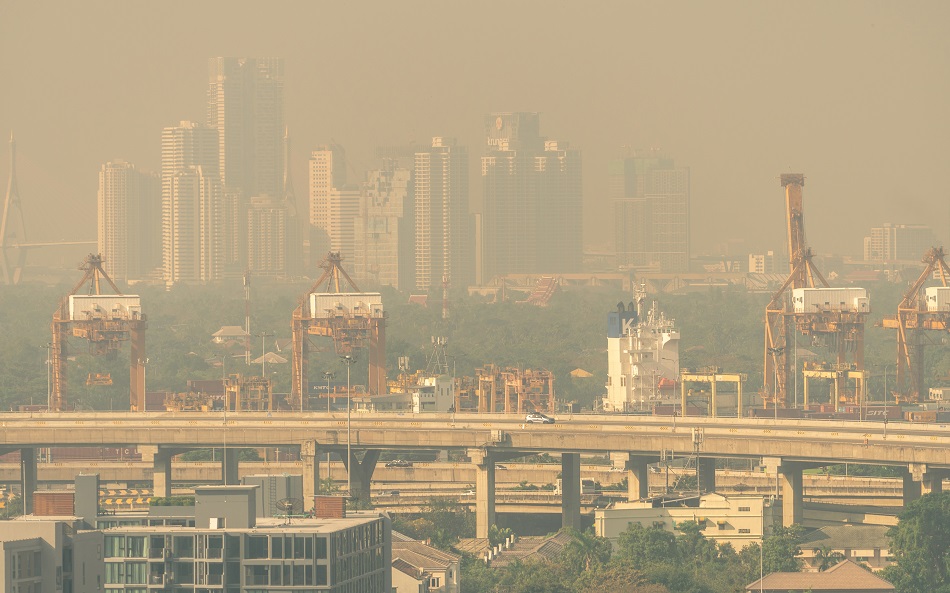Ecology and Standards: How String Transport Outpaces CompetitorsEcology and Standards: How String Transport Outpaces Competitors
As of 2025, the World Health Organization has determined that 99% of the global population is exposed to air pollutants. The smallest of these particles, measuring 2.5 microns, enter the body through the lungs and bloodstream, causing over 7 million deaths annually. This alarming statistic is one reason why solving the problem of air pollution has become a key trend in the sustainable development strategies of most countries. Below, we explore current initiatives to reduce air pollution and the role of string transport in this effort.
Methods of Air Pollution Protection
Member states of the United Nations—now encompassing nearly all sovereign nations—first acknowledged the environmental impact of human activity at the 1992 Earth Summit. It was there that the initial environmental protection goals were formulated and approved, forming the foundation of today’s global ecological movement.
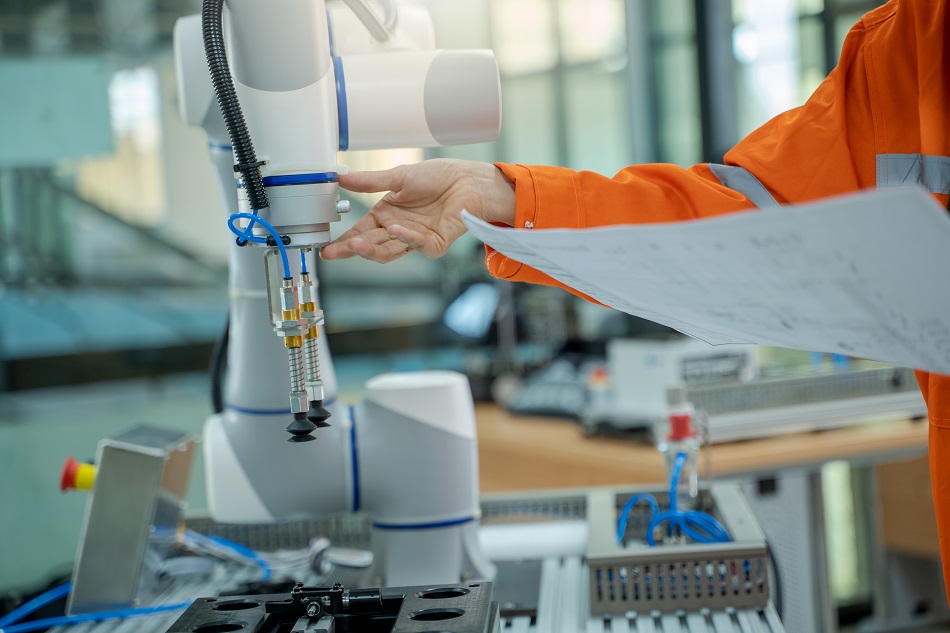
The International Organization for Standardization (ISO) develops voluntary standards that often become national regulations due to widespread adoption. For example, ISO 14001 is an environmental management standard aimed at improving global environmental conditions through legal frameworks.
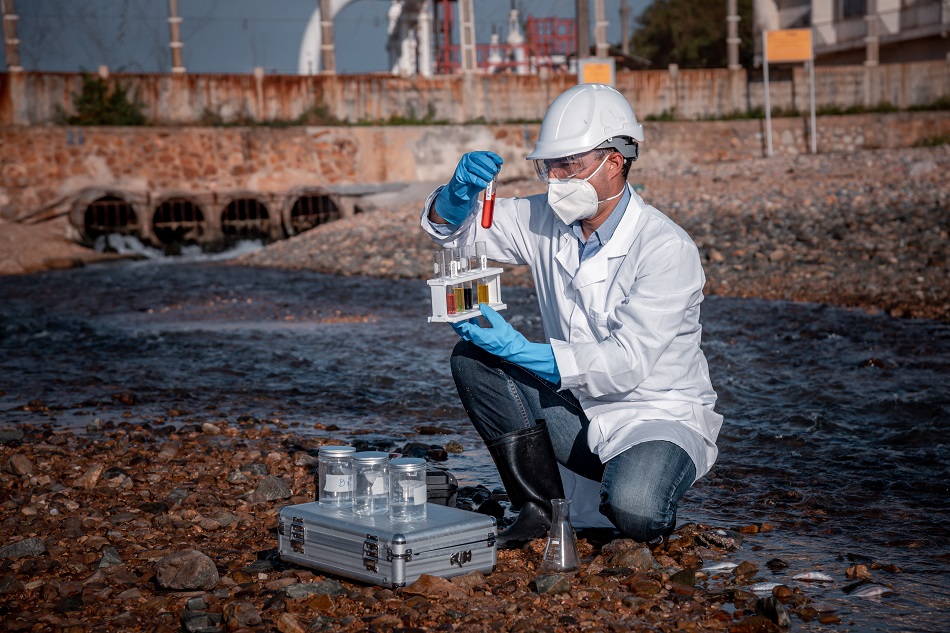
In addition to global organizations, each progressive country has its own institutions monitoring environmental conditions. In the U.S., this is the Environmental Protection Agency (EPA), whose policies vary by state. In the EU, the European Environment Agency sets emission standards enforced by legislation.
Consequences of Pollution
According to a recent report by Swiss air quality monitoring organization IQAir, which collects data from over 30,000 stations worldwide, only 7 out of 134 registered countries currently meet the PM2.5 standard. This is despite the WHO lowering the acceptable concentration of pollutants from 10 to 5 micrograms per cubic meter of air. The main pollutants include sulfur dioxide (SO2), particulate matter (PM10), carbon monoxide (CO), ozone (O3), nitrogen dioxide (NO2), and lead (Pb).
Reasons for failing to meet air quality standards vary. For example, in China, pollution levels increased by 6.5% due to economic activity and production growth as part of the recovery from the COVID-19 pandemic. In Canada, it was due to large-scale forest fires, and in Africa, Pakistan, and India, it was due to high consumption of fossil fuels by the population for basic household needs (heating homes and cooking).
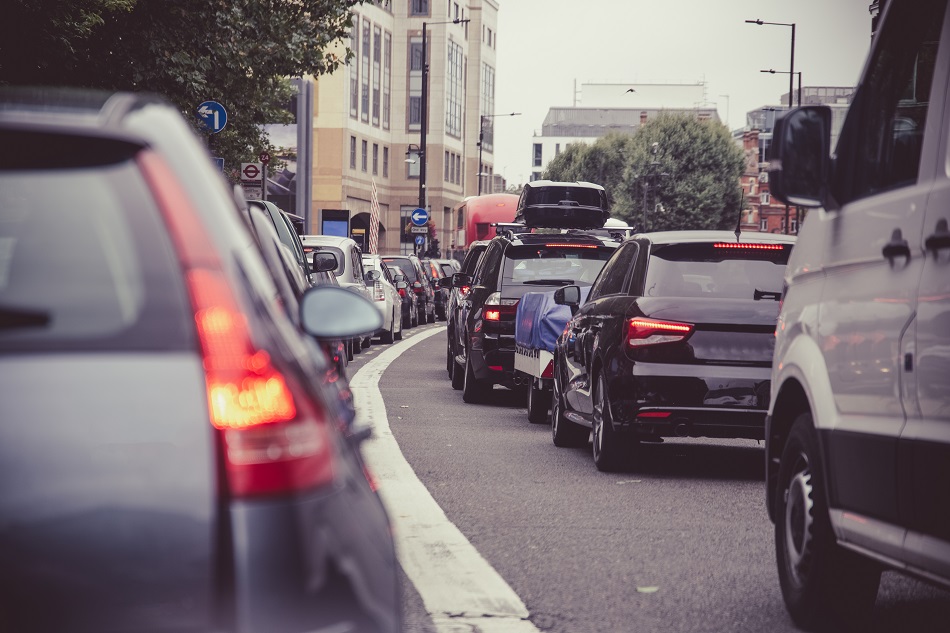
Still, scientists continue to identify internal combustion engine (ICE) vehicles as the primary source of air pollution and greenhouse gas emissions. IQAir representatives urges all nations to take emergency measures to preserve the environment: reduce urban dependence on cars, revise forestry practices, and accelerate the transition to clean energy instead of fossil fuels.
The Role of String Transport in Environmental Preservation
As mentioned earlier, reducing harmful emissions will require a dramatic transformation of urban landscapes. This means rethinking cargo and passenger transport systems and uST transport infrastructure complexes are ideally suited for the task.
According to UK government data on energy security and Net Zero goals, average emissions per person by transport type are: diesel car – 246 g/km, bus – 97 g/km, hybrid car – 68 g/km, electric car – 47 g/km.
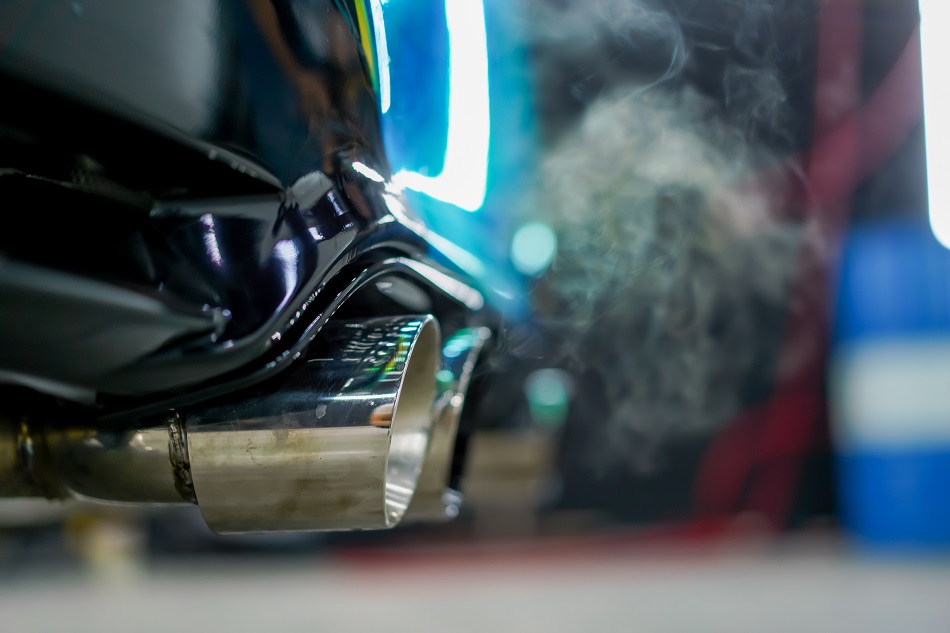
Thus, only uST (uPods) unmanned vehicles are used on string rail tracks. These vehicles are electrically powered and, unlike ICE cars, do not produce harmful emissions. This applies to the entire overpass, eliminating localized air pollution during rush hours and traffic jams.
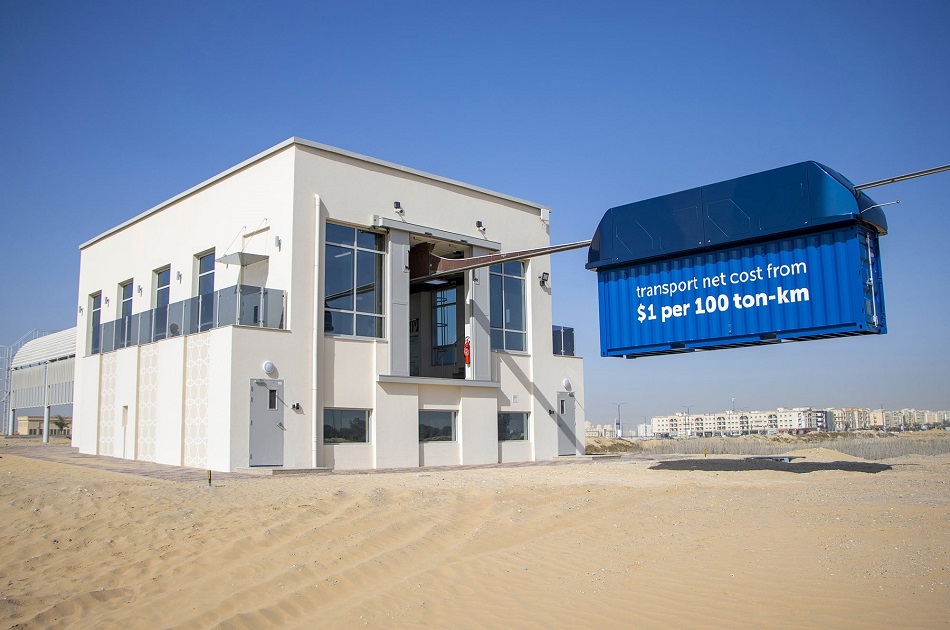
uPods use specially designed steel wheels that generate virtually no fine particulate matter when moving along steel rails. In contrast, pneumatic tires used in most ground transport release wear particles containing soot, benzopyrene, phenols, and over a hundred other carcinogens due to friction with asphalt.
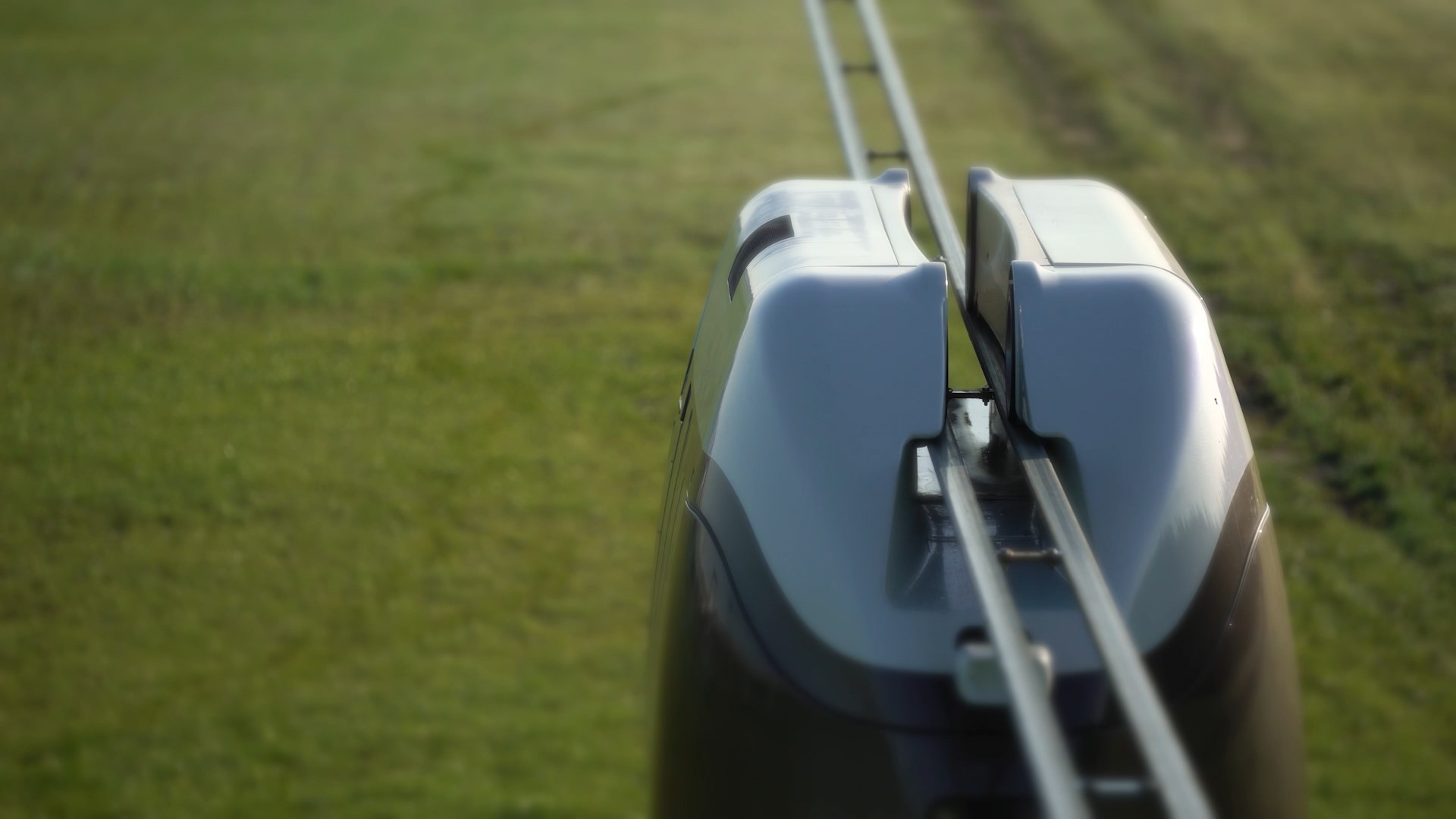
Additionally, string rail tracks require minimal land use, allowing construction even in areas with strict environmental restrictions. Their maintenance doesn’t involve de-icing chemicals, further reducing environmental impact. Supporting towers can be spaced up to 2 km apart, enabling the track to pass over residential, industrial, and major roadways.
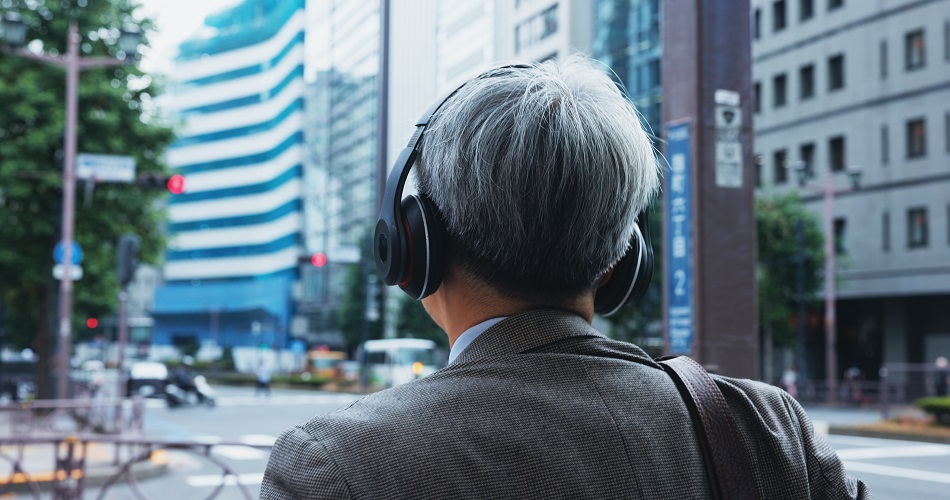
Let’s not forget noise pollution, a constant companion of urban life. It affects not only fatigue but also health, contributing to cardiovascular disease and mental disorders. Subway passengers face the most intense noise attack, with in-car levels reaching 95–100 dBA, far above the safe threshold of 80 dBA. Trams average 83–84 dBA, while uPods operate at just 68–69 dBA, making them both comfortable and safe.
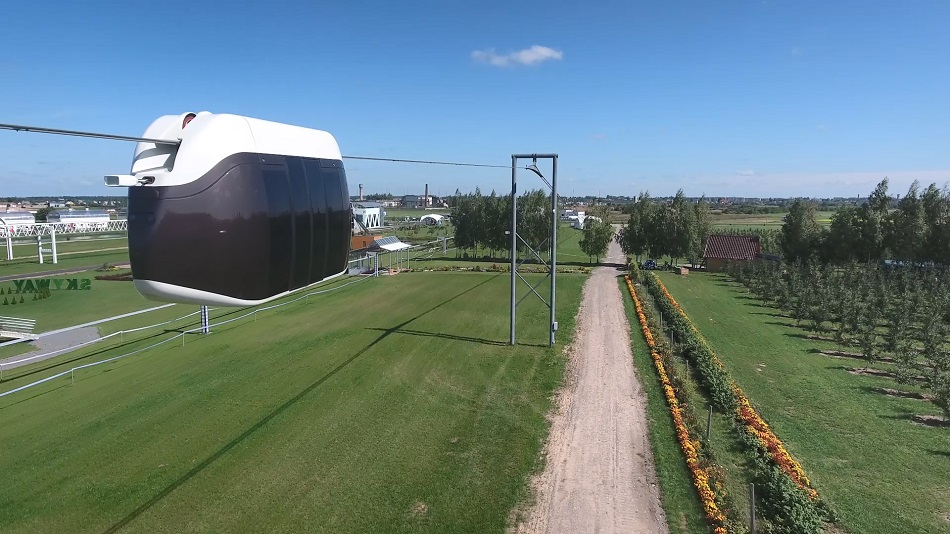
Thus, uST transport infrastructure complexes are not just efficient logistics solutions—they’re tools for ecological improvement. String rail systems help preserve environmental purity even amid urbanization. The uST technology promises to make cities more mobile while safeguarding the health of their inhabitants.
More news
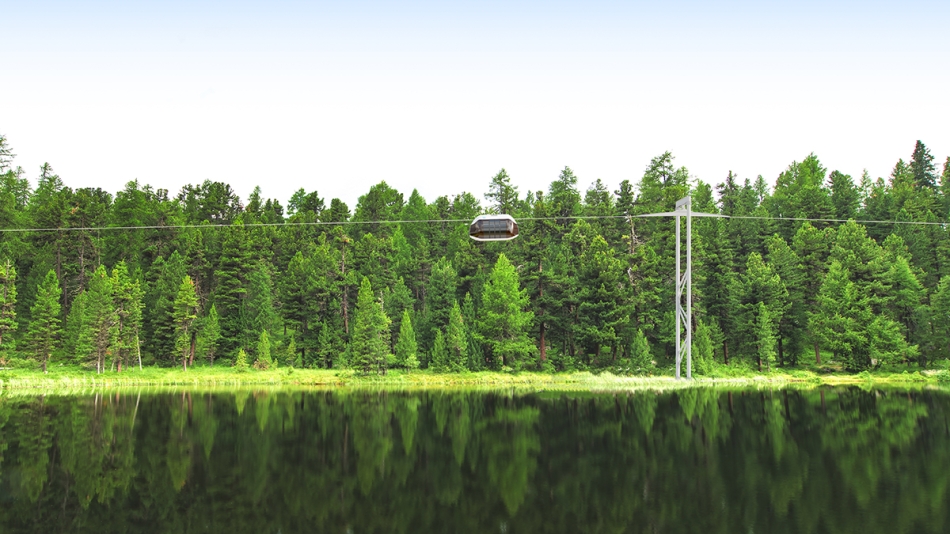
Blog
6 October 2025
Seasonal migration: how string transport contributes to the preservation of biomes
To preserve the purity of nature, we must fundamentally rethink and transform our approach to urban development and transportation organization. And uST transport and infrastructure complexes are perfectly suited to this task.
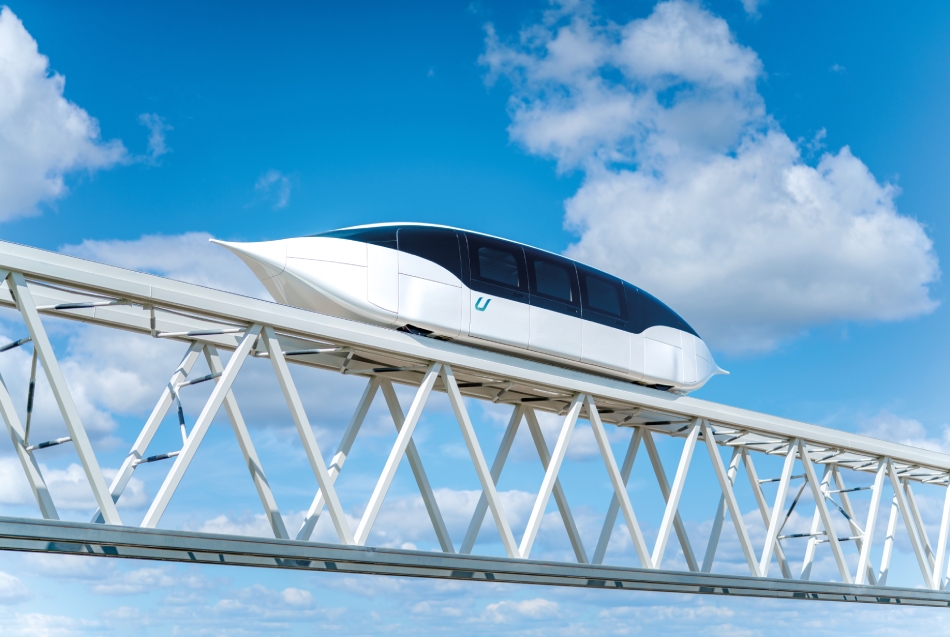
Blog
6 January 2025
uPod Wheels: An Efficient and Silent Modern Solution
Engineers at Unitsky String Technologies Inc. have further enhanced existing technology in designing steel wheels specifically for uST transport, resulting in a model that is both unique and efficient.
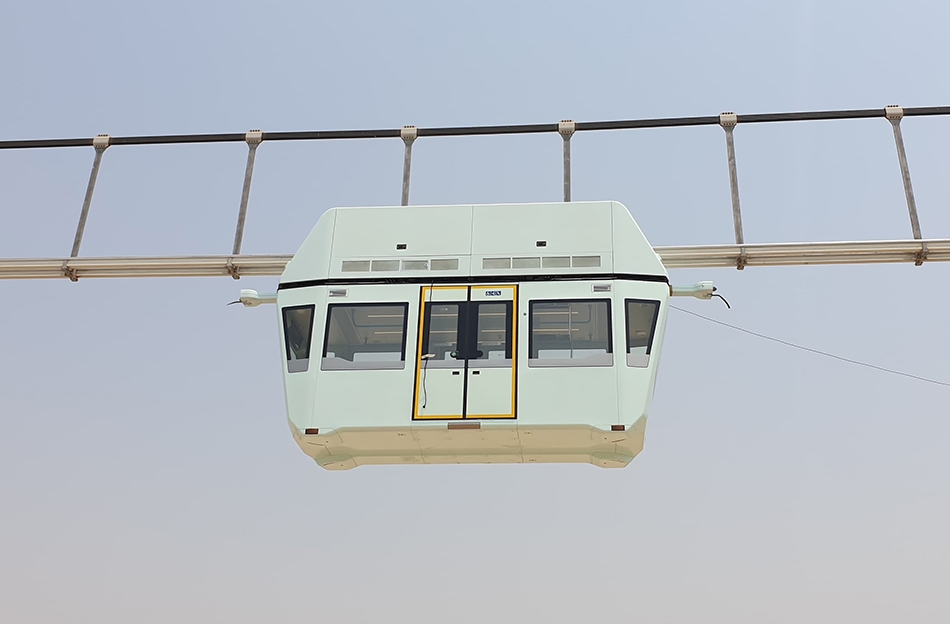
News
2 August 2023
uBus drove on a semi-rigid track in uSky for the first time
At the moment, the uPod is being tested at different speeds.

